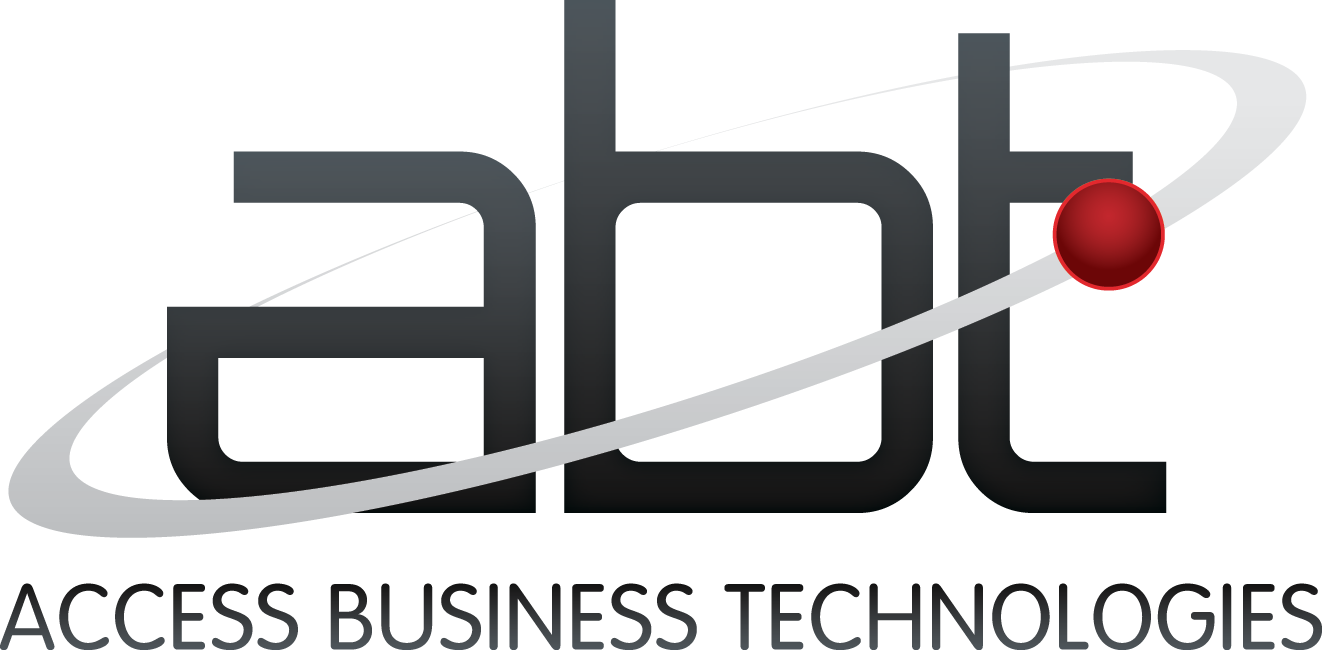 Without encryption, financial institutions are taking a gamble.
Without encryption, financial institutions are taking a gamble.
The risk of data breach is a serious concern for mortgage companies. In the financial world, borrowers’ personal and financial data is information we use on a daily basis. In the regular course of our jobs, we need to reference and share this sensitive data within the confines of our banking institutions and with outside, third-party service providers in the finance world.
Because of our work, this data can be exposed to risky situations. Before investing in serious cyber security measures, it’s important to understand what exactly can go wrong if this data falls into the wrong hands. Here are the real risks of not encrypting borrowers’ files.
Risk Management
Dedicated hackers and opportunists are looking to get their hands on our borrowers’ data. Why? Because the type of information held by mortgage companies is thorough. With every piece of the puzzle in a single place, U.S. finance institutions are a common target for identify theft and sometimes worse. In fact, cybersecurity attacks are recorded 300 times more frequently with financial institutions than any other industry. Making sure this data stays safe is not only a question of security for borrowers but also an issue of regulated compliance for the mortgage company. Risk management for mortgage companies is an exercise in avoiding liability and meeting ever-increasing legal regulations about data handling.
A big help in the cybersecurity arena is encryption technology. Encryption is a process where the information at hand is translated into a type of computer-generated code. Once in the code, the data is completely illegible. The encryption then has a unique password or encryption key that will reverse the translation and allow people to understand the content. By giving this key only to the intended receiver of the data, unauthorized people cannot open or read the files in question. Encryption technology is available from cybersecurity software developers as a built-in part of a platform or as an additional solution that integrates with the current computer system. When mortgage companies handle borrowers’ files, they come in one of two categories: data at rest and data in transit. Both formats use encryption to ensure cybersecurity, but the encryption is applied differently based on the category.
Data at Rest
Data “at rest” means inactive data that is being stored in a financial institution’s computer system, on a server, hard drives, USB drives, company laptops, or some other type of archival storage. Though it remains within the system, it’s not a given that this data is well-protected.
Superficially, data at rest is considered less vulnerable because it is kept in a secure location. Unfortunately, this is a misconception. In truth, data at rest is often more valuable than the data being exchanged outside the system, which makes it a major target. For this reason, hackers who gain access to a system are a serious threat to data at rest. Things like multi-factor authentication (MFA), password protection, security sweep applications, audit trails, anti-phishing solutions, and other access security measures are crucial for keeping hackers out.
Data in Transit
“In transit” refers to data that is moving from one location to another, such as between systems or between devices. Data in transit typically moves via the use of a public network (the internet) or a private network. This sensitive information can include anything from the body of an email to data exchanges, information included in customer communications, and email attachments. With the increased use of mobile devices in the workplace, data in transit is becoming more common than ever.
The main method of protecting data in transit is to use encrypted connections (HTTPS, TLS, FTPS, SSL, etc). These connections maintain the data in a coded state while it is being digitally passed around. Designated portals with built-in encryption capabilities are one way to ensure that the data passes from the sender to the intended receiver without interference or leakage. In the case of a portal, if the information is intercepted it will be impossible to open or extract data and access the raw information contained within a message.
Are you prepared to protect your borrowers’ data in storage and on the move? Experts suggest built-in solutions that handle both types of data for complete cybersecurity. Though less-regulated industries may not require it, financial instituions have the added responsibility of record-keeping and reporting duties to comply with. This means that applications with compliance reporting software can kill two birds with one stone. Otherwise, mortgage companies should be diligent to ensure that cybersecurity software they are considering has integration capabilities with their system.
Businesses protected by proven security measures like ABT’s Email Guardian ensure that data remains safe from hackers. Visit ABT to learn more about security solutions especially designed for mortgage companies.
Image: Unsplash
-1.png?width=142&name=ABT-Logo_2016%20(transparent)-1.png)









